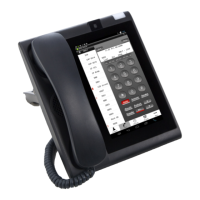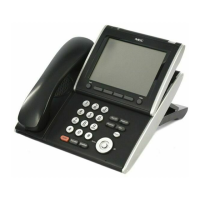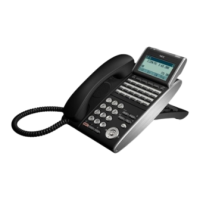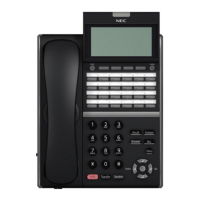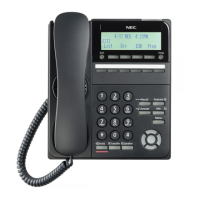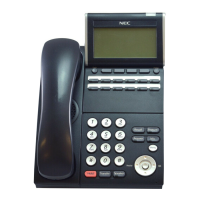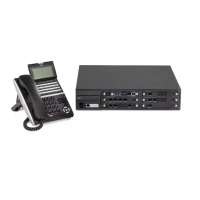2 - 18 Chapter 2
Chapter 2 - Blade Installation and Startup
A DSP is used on the system’s CCPU which has the call. For instance, when a trunk on System ID 2
uses a receiver, a DSP on System ID-2 is used.
A UX5000’s CygniLink ID will determine which zone it’s in. In the same zone, the communication
servers must share the DSP resource number (not the actual resource however). For instance, if a
user in System ID-1 is using DSP resource #1, resource #1 becomes busy in Zone #1 (System ID 1,
6, 11, 16, 21, 26, 31, 36, 41, 46). However, in a different zone, that same resource number is
available for use. Each zone has a maximum of 96 DSP resources that can be used at one time (32
on the base chassis, 64 on the expansion chassis).
All communication servers within the CygniLink network follow the DSP setting Program 10-09-01 :
DTMF and Dial Tone Circuit Setup in the primary system to determine the type of usage for the
DSP resource (example: common, extension only, trunk only).
The 64-port Conference circuit is independent from these resources.
2.4.1.2.1 When Using Caller ID
When Program 10-09 is set for 0 (common) and if Program 14-02-10 (Caller ID) is set to
“Yes”:
These DSP resources are allocated to the trunk side to monitor the Caller ID. For
example, if there are 8 Caller ID-enabled trunks and 16 DSP resources are
programmed as common, the first 8 DSP resources will be allocated to only trunk ports,
even though Program 10-09 is set as common (limitation). However, the last 8
resources can be used for both extensions and other trunk ports. If Program 14-02-10 is
set to “No”, all 16 DSP resources set as common can be used for both trunk and
extension ports.
Sending Caller ID to analog extensions is performed using a DSP resource, not the
DSP sender, so Program 10-09 has to be set to “1” (extensions) or “0” (common).
DSP Resource
14-02-10
Caller ID
From Trunk
From/To
Extension
Call Progress Tone Detecting Don’t Care OK -
DTMF Receiving From Trunk/Extension Yes OK Limitation
No OK
Caller ID Receiving From Analog Trunk Don’t Care OK -
Caller ID Sending to Analog Extension Yes - Limitation
No - OK
MF Receiver From T1 ANI Don’t Care OK -
MFC Receiver From E1 Don’t Care OK -

